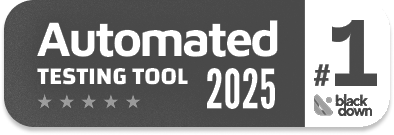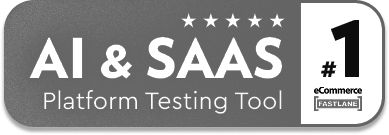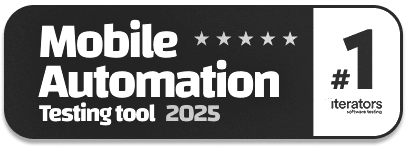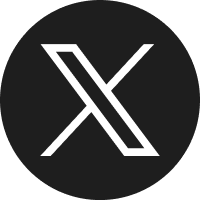What is Engineering Software as a Service (ESaaS)
|
|
Digital transformation is revolutionizing every aspect of society and business today. In this digitized era, Software as a Service (SaaS) has emerged as one of the defining models for delivering software applications. SaaS is a software distribution model in which applications are hosted on a cloud provider and made available to end users online. In SaaS, an independent software vendor (ISV) can contract a third-party cloud provider to host the application.
Engineering Software as a Service (ESaaS) is a specialized form of SaaS that refers to the delivery of engineering-specific software applications. In this article, we will explore what ESaaS is, its features, benefits, challenges, and more.
| Key Takeaways: |
|---|
|
This article will cover the following:
|
What is Engineering Software as a Service (ESaaS)?
ESaaS is a cloud-based delivery model for software applications supporting a wide range of engineering tasks such as design, simulation, product lifecycle management (PLM), analysis, and collaborative development. In ESaaS, users access software through web interfaces or clients on a subscription basis instead of installing it on local devices or workstations.
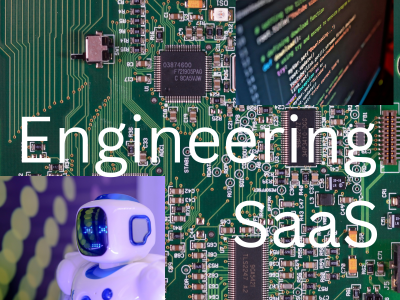
ESaaS Explained
ESaaS is one form of SaaS and eliminates the need for local installations, reducing upfront costs and ongoing maintenance. It offers on-demand access to engineering tools and resources. You can think of ESaaS as “renting” engineering software rather than purchasing it.
Here are the key features of ESaaS:
- Cloud-hosted Applications: ESaaS delivers cloud-based applications that are accessible from anywhere with an internet connection. The software is hosted on remote servers, eliminating the need for local installations.
- Subscription-based Pricing: Users pay a recurring fee, usually a monthly or annual license, to access the software. They do not need to purchase it outright.
- Scalability: Since cloud providers host the applications, they exhibit dynamically adjustable computing power, making them highly scalable.
- Real-time Collaboration: In ESaaS, teams can co-develop, comment on, and revise software in real time. Teams can collaborate using the same software from different locations.
- Automatic Updates and Backups: The software is not installed locally; hence, there is no need for manual software upgrades. The software is automatically backed up and upgraded.
- On-demand Access: Users access the software and its functionality as needed, scaling their usage depending on their requirements.
- Reduced Upfront Costs: ESaaS eliminates the need for software licenses and infrastructure, thus reducing the upfront costs.
- Simplified Management: With ESaaS, users need not worry about software updates, maintenance, and infrastructure, reducing their burden. The service provider takes care of all these things.
- Focus on Core Engineering Tasks: Engineers can focus on their core tasks without getting burdened by software management and maintenance.
ESaaS Examples
While ESaaS is not widely established as general SaaS, it is emerging in areas like CAD/CAM software, simulation tools, and other specialized engineering applications. Some of the examples where ESaaS is used:
- Computer-Aided Design (CAD) software consists of tools that create and edit 2D and 3D designs.
- Finite Element Analysis (FEA) is a computational method for predicting how a product or structure will react to real-world forces, heat, vibration, and other physical effects.
- Computational Fluid Dynamics (CFD) uses numerical analysis and algorithms to analyze and solve fluid flow problems.
- Electronic Design Automation (EDA) is a category of software tools used to design, analyze, and verify electronic systems like integrated circuits (ICs) and printed circuit boards (PCBs).
- Systems Modeling and Simulation involve creating simplified, virtual representations of real-world systems to understand their behavior and evaluate different scenarios.
- Engineering management Software provides project planning, resource management, and scheduling solutions.
- PLM (Product Lifecycle Management) software is a tool for managing the entire product lifecycle, from design to end-of-life.
Traditional Engineering Software vs ESaaS
The following table summarizes the key differences between traditional engineering software and ESaaS:
| Feature | Traditional Engineering Software | ESaaS |
|---|---|---|
| Installation | Software is installed on the local workstation/server. | A cloud provider hosts software (accessed through a browser or a thin client). |
| Pricing | It is sold through a perpetual license. | Software purchase is subscription-based (monthly or annual) |
| Maintenance | The user has to manage software maintenance. | Software maintenance is provider-managed. |
| Updates | Software has to be updated manually, and hence updates can be infrequent. | Updates are automatic and regular. |
| Collaboration | Team collaboration is often tricky as software is local to each user and requires exports. | Teams can collaborate seamlessly in real time with cloud-hosted software. |
| Scalability | Software has a fixed capacity and is not easily scalable. | Software exhibits dynamically adjustable computing power (Elastic computing), making it easier for software to scale up or down. |
| Accessibility | Software is installed on local workstations or devices and is accessible on-premises. | Software is hosted on the cloud and hence is accessible from anywhere. |
Benefits of ESaaS
ESaaS has several benefits as follows:
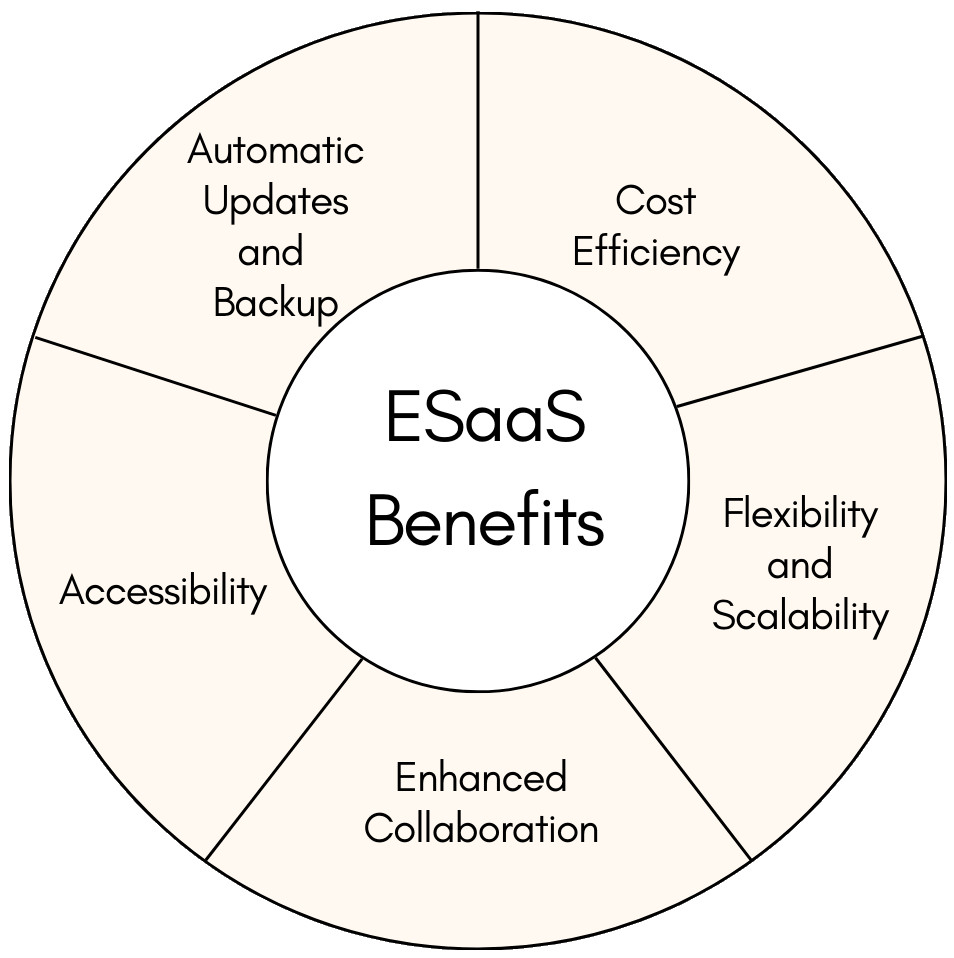
- Cost Efficiency: ESaaS is cost-efficient, eliminating the need for expensive perpetual licensing and high-powered local machines. The provider also takes care of maintenance, reducing maintenance costs. With a pay-as-you-go pricing model, teams pay only for what they use. The IT burden is also reduced, as there is no need for dedicated IT staff to install, patch, or manage software.
- Flexibility and Scalability: There is no local hardware limitation, as cloud computing enables the handling of large simulations and rendering. Organizations can easily scale software access and scale up or down the software usage according to project demands.
- Enhanced Collaboration: ESaaS delivers applications through a cloud provider, so teams can work on the same model simultaneously from multiple geographical locations. Many ESaaS platforms integrate with chat, video, and project management tools, facilitating seamless team collaboration.
- Accessibility: Software applications are accessible through a browser from virtually any device on any platform, such as Windows, macOS, or mobile platforms.
- Automatic Updates and Backup: Cloud applications are updated automatically, and all users access the same version, thus avoiding compatibility issues. Regular backups also reduce the risk of data loss.
ESaaS Common Use Cases
Some of the use cases of ESaaS are:
- Product Design & Prototyping: Cloud CAD tools like OnShape and Fusion 360 allow rapid prototyping of software without installing heavy software.
- Simulation & Analysis: FEA and CFD simulations require massive computing power and can run best in the cloud.
- Product Lifecycle Management (PLM): Platforms like Autodesk Fusion Lifecycle are cloud-based and manage the entire lifecycle from requirements analysis to disposal, with compliance tracking, version control, and collaborative workflows.
- Electronics Design: ESaaS platforms such as Altium 365 offer PCB layout, design rule checking, and schematic capture with cloud-based collaboration.
- Civil and Structural Engineering: Certain solutions, like SkyCiv, allow engineers to perform design, reporting, and structural analysis directly using the browser.
Key Platforms and Tools in ESaaS
The following table shows platforms that have emerged as leaders in the ESaaS space:
| Tool/Platform | Core Functionality |
|---|---|
| Onshape | Cloud CAD, parametric modeling |
| SimScale | FEA and CFD simulations in the browser |
| Fusion 360 | CAD, CAM, CAE, and PLM integration |
| Altium 365 | PCB and electronics design |
| SkyCiv | Structural engineering analysis/design |
| Ansys Cloud | Simulation at cloud scale |
| MATLAB Online | Cloud-accessible scientific computing |
| COMSOL Cloud | Multiphysics modeling via the web |
Technological Foundation of ESaaS
ESaaS operates several technologies as follows:
- Cloud Computing: ESaaS hosts applications using cloud platforms like AWS, Azure, and GCP. These cloud platforms offer:
- Elastic compute power for simulations, making applications flexible and scalable.
- Redundant storage for reliability.
- Low-latency networking for real-time interactions across geographical locations.
- Virtualization and Containerization: Engineering applications are packaged using Docker, Kubernetes, and similar tools to run consistently across environments.
- WebAssembly & GPU Acceleration: Some ESaaS platforms use WebAssembly and cloud-based GPU acceleration to deliver near-native performance in the browser.
- APIs and Integrations: Integration with CI/CD pipelines, PLM systems, ERP, and other enterprise software systems with open APIs is allowed.
- Data Security and Compliance: ESaaS platforms ensure data security and compliance by offering data encryption, multi-factor authentication (MFA), ISO/IEC 27001 compliance, and GDPR support.
ESaaS Challenges and Considerations
ESaaS also faces various challenges, as summarized below:
- Data Privacy and IP Protection: Engineering data is often proprietary and sensitive. Organizations must evaluate access control and data encryption methods and choose providers with strong privacy policies and legal safeguards.
- Internet Dependency: ESaaS entirely depends on a stable and fast internet connection, which may be a problem, especially in remote areas.
- Performance Bottlenecks: While most of the tools may perform well, very complex modeling tasks may still need high-end local workstations.
- Customization Limits: ESaaS platforms may have limited customization or plugin support compared to traditional desktop tools.
- Vendor Lock-In: Switching from one vendor to another can be challenging due to data migration complexities, incompatible file formats, and workflow retraining.
Future Trends in ESaaS
Some of the emerging trends in ESaaS are:
- AI-Powered Engineering: Use of generative AI wherein AI algorithms suggest design alternatives optimized for performance and cost. AI models can also approximate physical simulations faster than traditional models. Read: Must-Have AI Tools for Engineers.
- AR/VR Integration: Using mixed reality tools that allow engineers to interact with 3D models in immersive environments will enhance understanding and collaboration.
- Blockchain for IP Protection: Using blockchain technology for timestamping and digital signatures to secure engineering records and prove design originality. Read: Blockchain Testing: How to do it?
- Edge-Cloud Hybrid Models: Splitting computations between edge devices and cloud, optimizing for latency and cost. Read: Edge AI vs. Cloud AI.
- Increased Democratization: Small firms and startups can access high-end tools previously restricted only to large enterprises.
Conclusion
ESaaS is a paradigm shift that redefines how engineers design, simulate, collaborate, and innovate. Complex engineering tools are moved to the cloud, opening new possibilities in efficiency, global teamwork, and accessibility. However, these advantages come with challenges in data security, vendor dependence, and performance. As technology evolves further, ESaaS is set to become a dominant mode for engineering applications, reshaping industries from civil infrastructure and electronics to automotive and aerospace.
ESaaS represents a shift from traditional software ownership and management to a subscription-based model with greater flexibility, cost-effectiveness, and accessibility. Adopting ESaaS means reimagining how engineering is done in a connected world.
| Achieve More Than 90% Test Automation | |
| Step by Step Walkthroughs and Help | |
| 14 Day Free Trial, Cancel Anytime |



